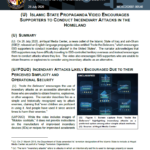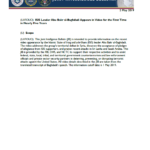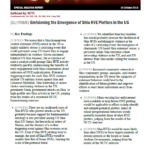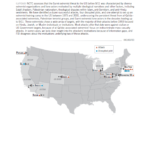
On 26 July 2020, al-Hayat Media Center, a news outlet of the Islamic State of Iraq and ash-Sham (ISIS), released an English-language propaganda video entitled “Incite the Believers,” which encourages ISIS supporters to conduct incendiary attacks in the United States. The narrator acknowledges that ISIS supporters may have difficulty traveling to ISIS-controlled territory overseas and instead encourages them to conduct attacks where they live. The video also encourages ISIS supporters who are unable to obtain firearms or explosives to consider using incendiary attacks as an alternative.



